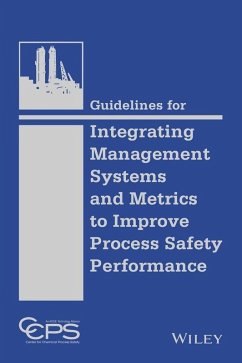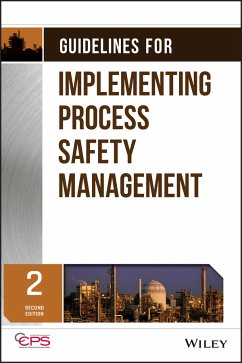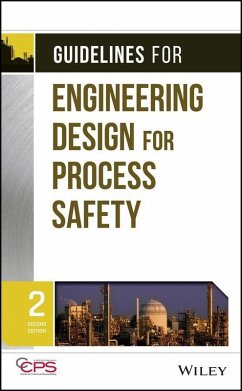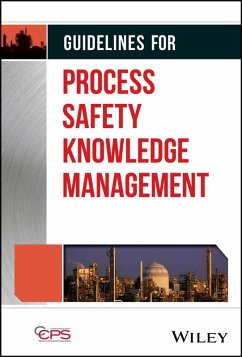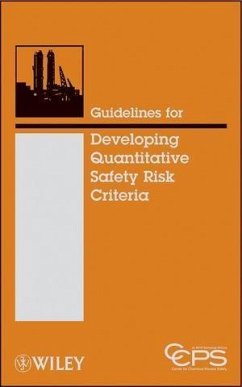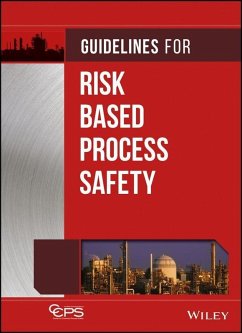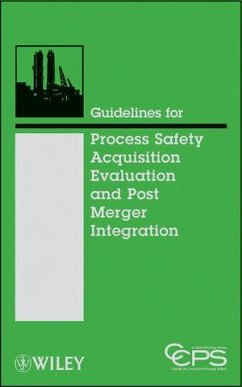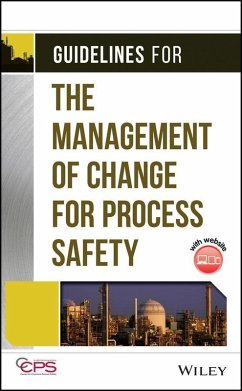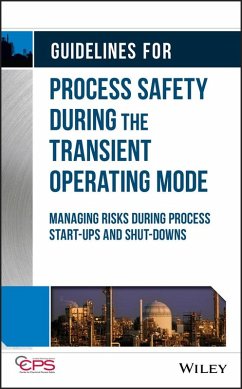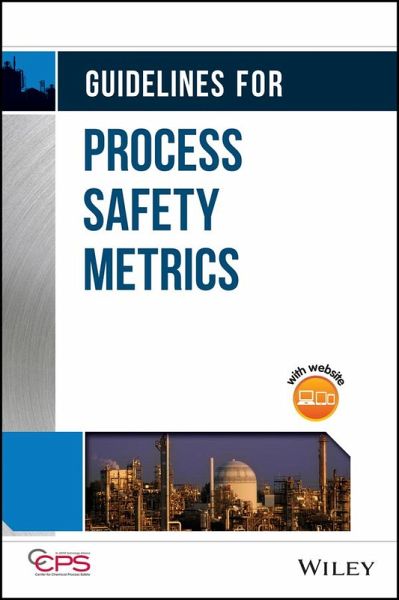
Guidelines for Process Safety Metrics (eBook, PDF)
Versandkostenfrei!
Sofort per Download lieferbar
101,99 €
inkl. MwSt.
Weitere Ausgaben:

PAYBACK Punkte
0 °P sammeln!
Process safety metrics is a topic of frequent conversation within chemical industry associations. Guidelines for Process Safety Metrics provides basic information on process safety performance indicators, including a comprehensive list of metrics for measuring performance and examples as to how they can be successfully applied over both the short and long term. For engineers, insurers, corporate traininers, military personnel, government officials, students, and managers involved in production, product and process development, Guidelines for Process Safety Metrics can help determine appropriat...
Process safety metrics is a topic of frequent conversation within chemical industry associations. Guidelines for Process Safety Metrics provides basic information on process safety performance indicators, including a comprehensive list of metrics for measuring performance and examples as to how they can be successfully applied over both the short and long term. For engineers, insurers, corporate traininers, military personnel, government officials, students, and managers involved in production, product and process development, Guidelines for Process Safety Metrics can help determine appropriate metrics useful in monitoring performance and improving process safety programs. Note: CD-ROM/DVD and other supplementary materials are not included as part of eBook file.
Dieser Download kann aus rechtlichen Gründen nur mit Rechnungsadresse in D ausgeliefert werden.



